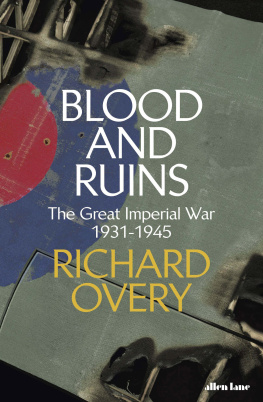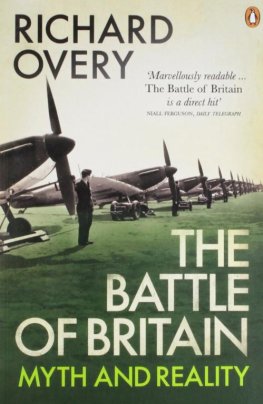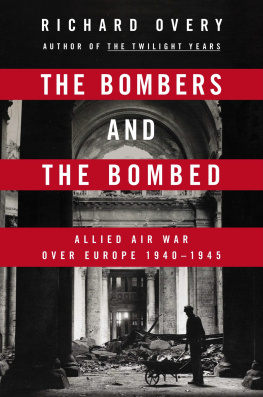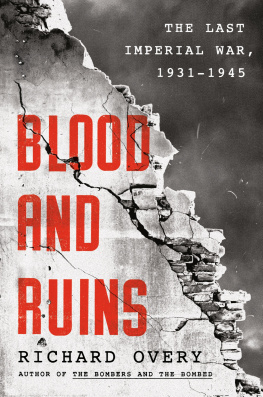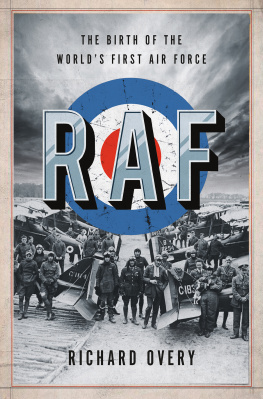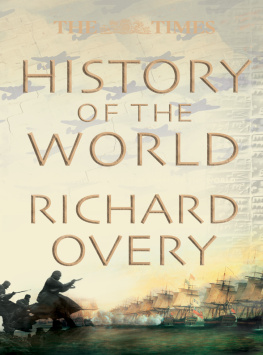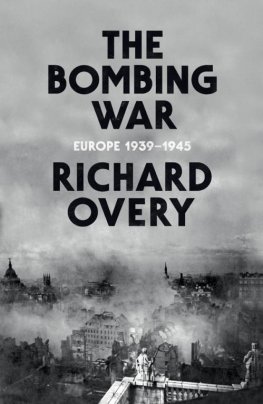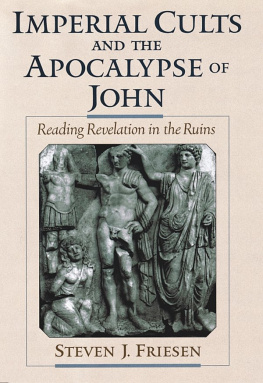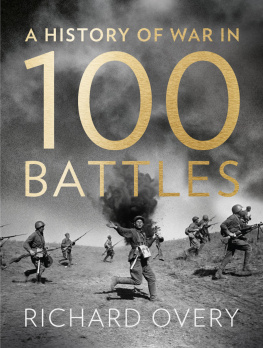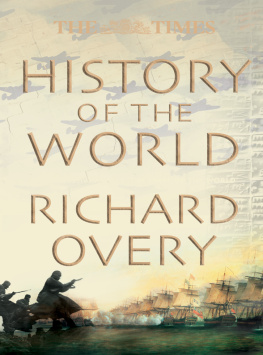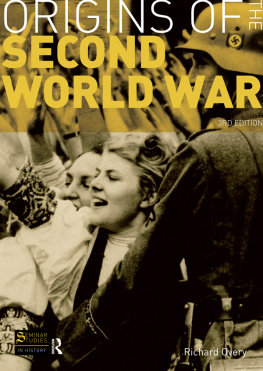6. War Economies
Russell Buhite and David Levy (eds.), FDRs Fireside Chats (Norman, Okla, 1992), 172.
IWM, EDS Mi 14/433 (file 2), Der Fhrer, Vereinfachung und Leistungssteigerung unserer Rstungsproduktion, 3 Dec. 1941, p. 1.
Jeffery Underwood, Wings of Democracy: The Influence of Air Power on the Roosevelt Administration 19331941 (College Station, Tex., 1991), 155. Roosevelt also wanted the strength of the army and navy air forces to reach 50,000.
IWM, EDS Mi 14/463 (file 3), OKW Aktenvermerk ber die Besprechung bei Chef OKW, Reichskanzler, 19 Mai 1941, pp. 23.
IWM, Speer Collection, Box 368, Report 901, The Rationalisation of the German Armaments Industry, p. 8.
Rdiger Hachtmann, Fordism and unfree labour: aspects of the work deployment of concentration camp prisoners in German industry between 1941 and 1944, International Review of Social History, 55 (2010), 501. For a general discussion of the issue see Richard Overy, War and Economy in the Third Reich (Oxford, 1994), ch. 11.
Charles Maier, Between Taylorism and technocracy: European ideologies and the vision of industrial productivity in the 1920s, Journal of Contemporary History, 5 (1970), 335, 456.
Jonathan Zeitlin, Flexibility and mass production at war: aircraft manufacturers in Britain, the United States, and Germany 19391945, Technology and Culture, 36 (1995), 57.
Irving B. Holley, A Detroit dream of mass-produced fighter aircraft: the XP-75 fiasco, Technology and Culture, 28 (1987), 58082, 58591.
Alec Cairncross, Planning in Wartime: Aircraft Production in Britain, Germany and the USA (London, 1991), xv.
IWM, Speer Collection, Box 368, Report 90 IV, Rationalization of the Munitions Industry, p. 4.
Yoshiro Miwa, Japans Economic Planning and Mobilization in Wartime: The Competence of the State (New York, 2016), 41315.
John Guilmartin, The Aircraft that Decided World War II: Aeronautical Engineering and Grand Strategy, 44th Harmon Memorial Lecture, United States Air Force Academy, 2001, pp. 17, 22.
Zeitlin, Flexibility and mass production, 535, 5961; John Rae, Climb to Greatness: The American Aircraft Industry 19201960 (Cambridge, Mass., 1968), 1479; Wesley Craven and James Cate, The Army Air Forces in World War II: Volume VI, Men and Planes (Chicago, Ill., 1955), 21720, 3356.
Benjamin Coombs, British Tank Production and the War Economy 19341945 (London, 2013), 913, 102.
Steven Zaloga, Soviet Lend-Lease Tanks of World War II (Oxford, 2017), 312.
Boris Kavalerchik, Once again about the T-34, Journal of Slavic Military Studies, 28 (2015), 1925.
Joshua Howard, Workers at War: Labor in Chinas Arsenals, 19371953 (Stanford, Calif., 2004), 515.
Ibid., 6473.
USSBS, Pacific Theater, The Effects of Strategic Bombing on Japans War Economy, Over-All Economic Effects Division, Dec. 1946, p. 221.
Ibid., pp. 22022.
Tetsuji Okazaki, The supplier network and aircraft production in wartime Japan, Economic History Review, 64 (2011), 9749, 9845.
Akira Hara, Wartime controls, in Takafusa Nakamura and Knosuke Odaka (eds.), Economic History of Japan 19141955 (Oxford, 1999), 2734.
Miwa, Japans Economic Planning, 4223, 4267; Masayasu Miyazaki and Osamu It, Transformation of industries in the war years, in Nakamura and Odaka (eds.), Economic History of Japan, 28992.
Bernd Martin, Japans Kriegswirtschaft 19411945, in Friedrich Forstmeier and Hans-Erich Volkmann (eds.), Kriegswirtschaft und Rstung 19391945 (Dsseldorf, 1977), 2748; Jerome Cohen, Japans Economy in War and Reconstruction (Minneapolis, Minn., 1949), 219; Irving B. Holley, Buying Aircraft: Material Procurement for the Army Air Forces (Washington, DC, 1964), 560.
Maury Klein, A Call to Arms: Mobilizing America for World War II (New York, 2013), 2524.
S. R. Lieberman, Crisis management in the USSR: the wartime system of administration and control, in Susan Linz (ed.), The Impact of World War II on the Soviet Union (Totowa, NJ, 1985), 6061.
F. Kagan, The evacuation of Soviet industry in the wake of Barbarossa: a key to Soviet victory, Journal of Slavic Military History, 8 (1995), 389406; G. A. Kumanev, The Soviet economy and the 1941 evacuation, in Joseph Wieczynski (ed.), Operation Barbarossa: The German Attack on the Soviet Union, June 22 1941 (Salt Lake City, Utah, 1992), 16181.
Lennart Samuelson, Tankograd: The Formation of a Soviet Company Town: Cheliabinsk 1900s to 1950s (Basingstoke, 2011), 196204.
Mark Harrison, The Soviet Union: the defeated victor, in idem (ed.), The Economics of World War II: Six Great Powers in International Comparison (Cambridge, 1998), 2856; Mark Harrison, Accounting for War: Soviet Production, Employment and the Defence Burden 19401945 (Cambridge, 1996), 815, 101.
Hugh Rockoff, Americas Economic Way of War (Cambridge, 2012), 1838; Theodore Wilson, The United States: Leviathan, in Warren Kimball, David Reynolds and Alexander Chubarian (eds.), Allies at War: The Soviet, American and British Experience 19391945 (New York, 1994), 1757, 188.
Alan Clive, State of War: Michigan in World War II (Ann Arbor, Mich., 1979), 25.
Craven and Cate, Army Air Forces, Volume VI, 339.
For a good example see Jacob Meulen, The Politics of Aircraft: Building an American Military Industry (Lawrence, Kans, 1991), 182220.
Allen Nevins and Frank Hill, Ford: Decline and Rebirth 19331961 (New York, 1961), 226; Francis Walton, Miracle of World War II: How American Industry Made Victory Possible (New York, 1956), 559; Clive, State of War, 22.
U. S. Navy at War: 19411945. Official Reports to Secretary of the Navy by Fleet Admiral Ernest J. King (Washington, DC, 1946), 25284.
Kevin Starr, Embattled Dreams: California in War and Peace 19401950 (New York, 2002), 1459; Frederic Lane, Ships for Victory: A History of Shipbuilding under the U.S. Maritime Commission in World War II (Baltimore, Md, 1951), 534, 224ff.; Walton, Miracle of World War II, 79; David Kennedy, The American People in World War II (New York, 1999), 2258.
Hermione Giffard, Making Jet Engines in World War II: Britain, Germany and the United States (Chicago, Ill., 2016), 3741.
Steven Zaloga, Armored Thunderbolt: The U.S. Army Sherman in World War II (Mechanicsburg, Pa, 2008), 435, 28990; David Johnson, Fast Tanks and Heavy Bombers: Innovation in the U.S. Army 19171945 (Ithaca, NY, 1998), 18997.
Overy, War and Economy in the Third Reich, 25961; USSBS, Overall Report: European Theater, Sept. 1945, 31.
IWM, Speer Collection, FD 5445/45, OKW Kriegswirtschaftlicher Lagebericht, 1 Dec. 1939; EDS, Mi 14/521 (part 1), Heereswaffenamt, Munitionslieferung im Weltkrieg; BA-MA, Wi I F 5.412, Aktenvermerk ber Besprechung am 11 Dez. 1939 im Reichskanzlei.
IWM, Speer Collection, Box 368, Report 54, Speer interrogation 13 July 1945.
On labour see IWM, FD 3056/49, Statistical Material on the German Manpower Position during the War Period 19391944, 31 July 1945, Table 7. The proportions were 28.6 in 1939, 62.3 in 1940, 68.8 in 1941 and 70.4 in 1942. Figures for 31 May each year.
NARA, RG 243, entry 32, USSBS Interrogation of Dr Karl Hettlage, 16 June 1945, p. 9.
Hugh Trevor-Roper (ed.), Hitlers Table Talk 194144 (London, 1973), 633.
IWM, Speer Collection, Box 368, Report 83, Relationship between the Ministry and the Army Armaments Office, Oct. 1945. It was Speers view that the General Staff lacked any understanding of technical and economic matters.

